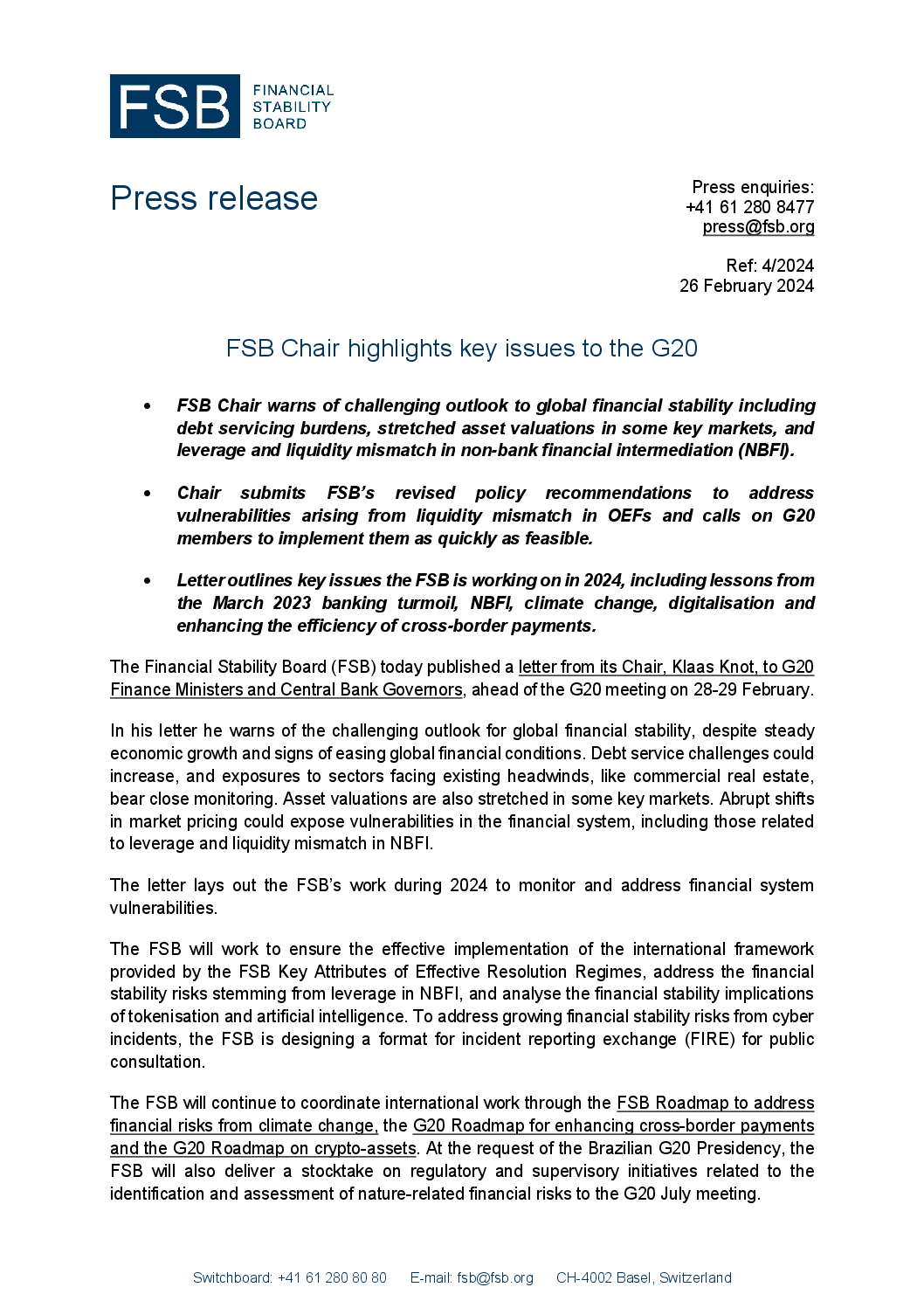This report is focused on a subset of tokenisation initiatives – tokenisation based on distributed ledger technology (DLT) as the underlying technology platform – assessed to be the most relevant for financial stability based on recent market developments. In particular, the report focuses on the tokenisation of financial assets, such as tokenised money that may potentially be used as a settlement asset for payments and other financial assets. It does not examine tokenisation initiatives involving central bank digital currencies (CBDCs) or crypto-assets.
The report analyses recent developments in DLT-based tokenisation, including the potential uses of tokenised assets and their interaction with the traditional financial system.
The limited publicly available data on tokenisation suggest that its adoption is very low but appears to be growing. Owing to its small scale, tokenisation does not, therefore, currently pose a material risk to financial stability. Nevertheless, the report identifies several financial stability vulnerabilities associated with DLT-based tokenisation, which relate to liquidity and maturity mismatch; leverage; asset price and quality; interconnectedness; and operational fragilities. Tokenisation could have implications for financial stability if the tokenised part of the financial system scales up significantly, if increased complexity and opacity of tokenisation projects lead to unpredictable outcomes in times of stress, and if identified vulnerabilities are not adequately addressed through oversight, regulation, supervision, and enforcement.
The report reviews the financial stability implications of these identified vulnerabilities and sets out considerations for the FSB and relevant standard-setting bodies.
